
Contact Us +919944777335
+919965999222
Mani Raja Travels
Madurai
Home Tourist Place Tourist Map Tariff Details About Maduari Contact

Contact Us +919944777335
+919965999222
Mani Raja Travels
Madurai
Home Tourist Place Tourist Map Tariff Details About Maduari Contact
Kanyakumari got its name from the Kumari Amman or the Kanyakumari Temple situated at the shore on the confluence of the Bay of Bengal, Indian Ocean and the Arabian Sea. According to the local lore, Kanya Devi, an avatar of Parvati, was to marry Shiva, but he failed to show up to the wedding. The rice and other grains meant for the wedding feast remained uncooked. Today tourists can buy tiny stones which look like rice, in remembrance of the marriage that was never solemnized. The princess Kanya Devi is a virgin goddess who blesses pilgrims and tourists.
According to another local myth, Lord Hanuman dropped a piece of earth as he was carrying the mount with the life-saving herb, Mrita Snajivani from the Himalayas to Lanka during the Rama-Ravana war. This chunk of earth is called Marunthuvazh Malai, which is literally translated to "medicine-residing hills". This is said to be the reason for the abundance of unique native plants in the area. The district is home to many practitioners of various branches of ancient India's health tradition, including siddha, ayurvedha, varma kalai.
Kanyakumari has been a great centre for art and religion for centuries. It was also an area of heavy commerce and trade. It was ruled by the Cholas, the Cheras, the Pandyas and the Nayaks. The architectural beauty of the temples is the work of these rulers. Later Kanyakumari becamew part of the Venad kingdom with its capital at Padmanabhapuram. The king of Venad, Anizham Thirunal Marthanda Varma established Travancore by extending his domain further north up to Aluva, during his reign from 1729 to 1758. By this, the present Kanyakumari District came to be known as Southern Travancore. King Marthanda Varma defeated the Dutch East India Company at the famous Battle of Colachel in 1741. Knyakumari was under the rule of the Kings of Travancore under the over all suzerainity of the British till 1947. Travancore joined the independent Indian Union in 1947. Obviously, the royal reign came to an end. In 1949, Kanyakumari became part of the reconstituted Travancore-Cochin State. By this time, the popular agitation for the amalgamation of Kanyakumari District with Tamil Nadu by the tamil majority under the leadership of Thiru M.A. Nesamony intensified. Eventually, in 1956, Kanyakumari was integrated with Tamil Nadu (then known as Madras State) as per the language-based reorganisation of States.
According to legend, Christianity arrived in South India around AD 52 through St. Thomas, one of the twelve Apostles of Christ. However, European missionaries, who arrived in the 16th century, propagated Christianity in the area. St. Francis Xavier (April 7, 1506 – December 2, 1552)was the pioneer in preaching Christianity in the present day Kanyakumari District. Islam is believed to have entered the southern part of India through Kanyakumari during the early part of the eighth century AD through the sea route with traders and missionaries. Islam, Christianity and Jainism have also contributed to the architectural wealth and literary heritage of the region.
It is very popular to watch the sunrise/sunset here. Because this is a meeting point of three ocean bodies - the Bay of Bengal, the Indian Ocean, and the Arabian Sea - the spectacular sunrise/sunset sight is considered to even more special.
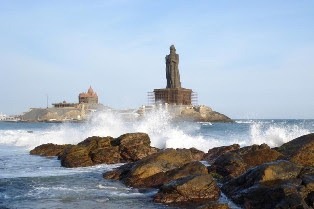
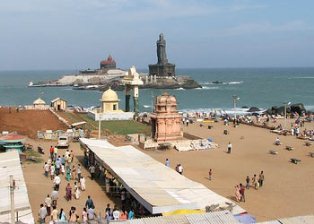
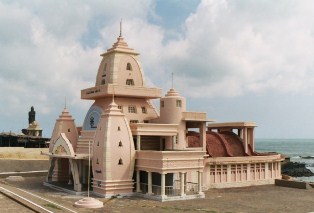
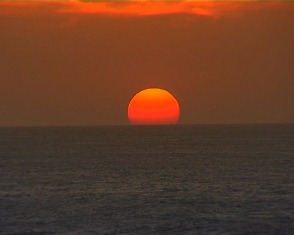
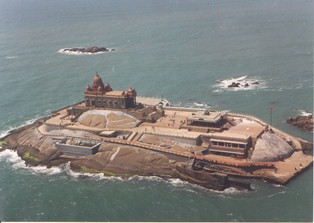
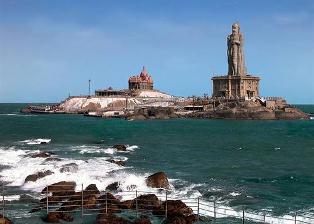
Copyright ©2021 ManiRaja Travels, Madurai
cabs booking, madurai cabs, madurai cabs operators, Madurai Car Travels, Madurai Travels,21 Madurai Car Booking online, Madurai cab booking online, Travels madurai, hotels madurai india, madurai cheap hotels, madurai hotels budget, budget hotels madurai, madurai budget hotels, rent a car in madurai, Madurai Car Rental, madurai best travels, madurai travel agents, madurai cabs booking, madurai cabs, madurai cabs operators, Madurai Car Travels, Madurai Travels, Madurai Car Booking online, Madurai cab booking online, Travels madurai, hotels madurai india, madurai cheap hotels, madurai hotels budget, budget hotels madurai, madurai budget hotels, rent a car in madurai